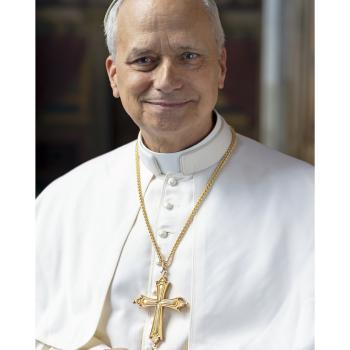In Got Religion? How to Churches, Mosques, and Synagogues Can Bring Young People Back, journalist Naomi Schaefer Riley explores why young people have left religious institutions and what can bring them back. Here, she offers seven suggestions for bringing young people back to your faith community.
1) Pray Local: A church rooted in a particular neighborhood is a big attraction for young adults. They don't like cars as much as previous generations. They like running into people they know from their religious communities during the week. It gives a religious community a sense of accountability and deeper connections when those daily interactions occur.
2) Buy American: Even in an era where we embrace diversity, religious institutions that retain too much of their immigrant heritage are bound for failure. Future generations will not be comfortable praying and learning in foreign tongues. They may get some moments of nostalgia from their grandparents' food and music but ultimately, they will choose a religious life that feels like it is of the new world not the old.
3) Demand Better Service: Young adults have been raised in a generation where service learning was part of their college and high school experience. For many, the connection between faith and service has been severed altogether. But now that young adults have so many years between college graduation and settling down for a family, religious groups should ask that these young people do full-time service for a year or two. Not everyone will say yes, but those who do make the sacrifice will remain committed for a lifetime.
4) Leave the Light on: Young adults like to tell pollsters that they don't like commitment and that they are distrustful of institutions. But once they are inside the building, once they have made a couple of friends, suddenly churches, synagogues and mosques seem less like stodgy institutions and more like places to hang out. Even if it means letting them come to sample without a firm commitment, we need to send the message that institutions matter and roving bands of friends connecting on Facebook will not be able to preserve or even remake those institutions in the years to come.
5) Send Singles Signals: Religious institutions have for too long depended on marriage to bring back young adults who have dropped the practice of faith. With the average age of marriage getting higher, it is time for houses of worship to figure out a way to speak to singles. Whether that means giving them a community of their own, integrating them more into a multigenerational church, or making religious messages more applicable to their lives, faith communities cannot afford to lose this demographic.
6) Clean House: It may not seem like a nice thing to do, but it's time to fire the old people. Emerging adults are not real adults in part because we don't give them enough responsibility. Whether it's their fault or ours, they live in their parents' basements, hold part-time jobs, put off marriage and drop in and out of school. But you know what? They're old enough to plan holiday events or community dinners. They can teach children and help with fundraising. They will step up when they realize that they are needed. Until then, they'll assume that the older, married members of a congregation will shoulder all the burdens.
7) Open Borders: It may be time for a new era of collaboration. Young adults may simply have become too accustomed to high-cost religious entertainment, the kind that would bankrupt any one church or synagogue. But cooperating on some of the big events with coreligionists would serve to lure young adults back into the fold while at the same time appealing to this generation's desire to see greater unity in their faith communities.
6/1/2014 4:00:00 AM




